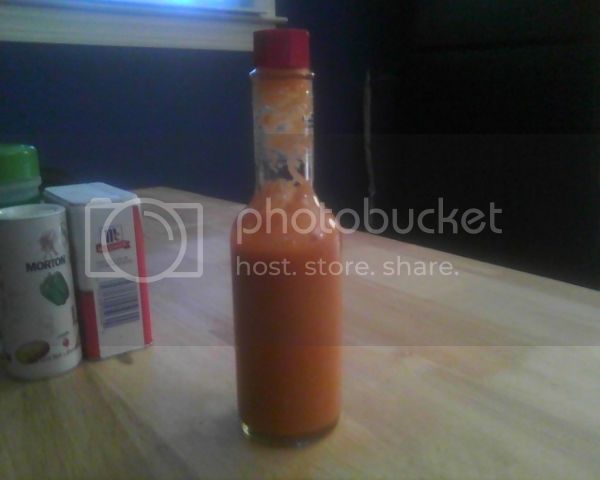I LOVED my gigantic le crusset pot....until my ex-g/f got sick, used it to boil water for tea, & fell asleep for 6 hours - I got home to. a thoroughly blackened & burnt pot.
I'm not saying that's the reason we broke up, but it's definitely on the list.
lol
I have all copper bottom heavy clad pots now - ones a cuisinart, the other a caphelon. I do most of my prototyping in those. Love the evenness of the thick bottom pots, but that said I agitate constantly.
In addition to evenness of cooking there's another excellent reason to stir frequently - safety. When cooking a recipe with solids & liquids, (like water, juices, fruits, peppers, dried stuff like salt/sugar/spices) what can sometimes happen is that the solid matter settles to the bottom while the liquids "float" on top. As you pasteurize you're cooking to 180-200 degrees, just below boiling. If a layer of sediment settles on the bottom, it can be MUCH hotter than the 180+ degree liquid, and if you then stir with a whisk, the sauce can "volcano" on you. Literally ON you. I burned the crap outta myself on an early batch this exact way - learn from my mistake & stir early & often.
It also helps prevent scalding/burning as SL said, but for me this is a major safety issue, speaking from experience.
Heat rises, so if you've got a boil trapped under a layer of sediment at the bottom of a big kettle, as soon as you break that surface area it's gonna uncontrollably boil over and in my case jumped about 8" above the pot rim.
This was not fun.


 =
=  Here's what I have going
Here's what I have going 

 to the forum! salsalady
to the forum! salsalady